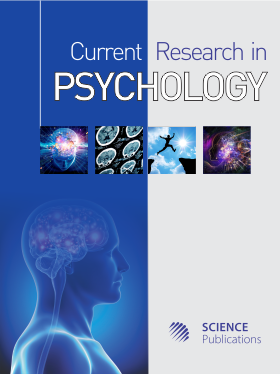Effects of Stimulus Onset Asynchrony on Parafoveal Presentation of Homographs
- 1 State University of New York, United States
Abstract
Recent research in word recognition has found a benefit for right parafoveal presentation. This asymmetrical finding has lead to a need to reexamine previous research in foveal-parafoveal word processing. This study reexamined previous research on homographs and the parafovea, previously no parafoveal effect/benefit was found. The authors in the current study attempted to replicate Inhoff’s original work by compensating for possible methodological limitations in Inhoff’s study. The results showed that Stimulus Onset Asynchrony (SOA) was a factor in the original Inhoff study. The results of the current study show that when controlling for SOA a parafoveal benefit did exist.
DOI: https://doi.org/10.3844/crpsp.2012.40.42

- 4,385 Views
- 2,368 Downloads
- 0 Citations
Download
Keywords
- Parafovea Preview
- Homographs
